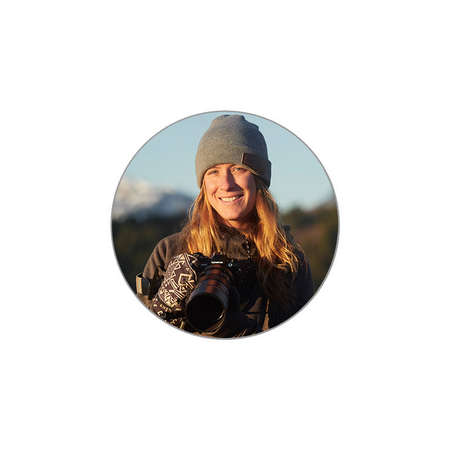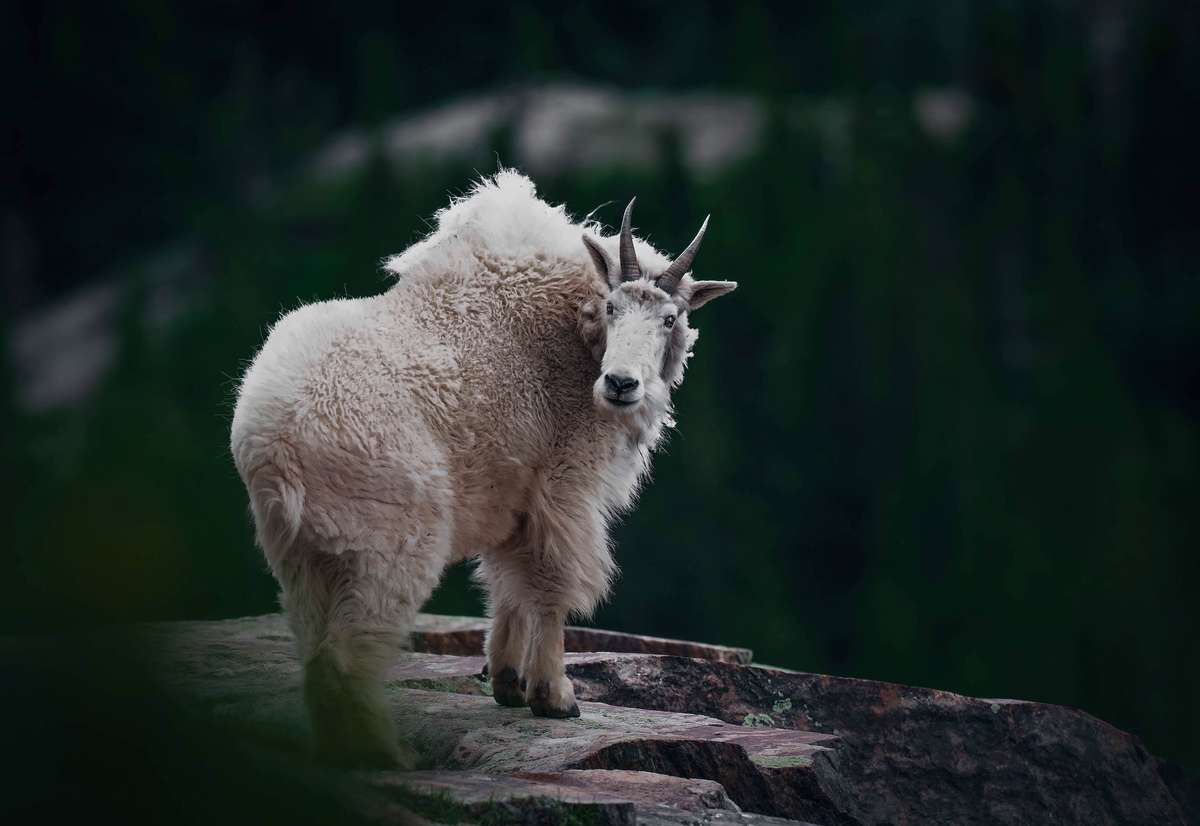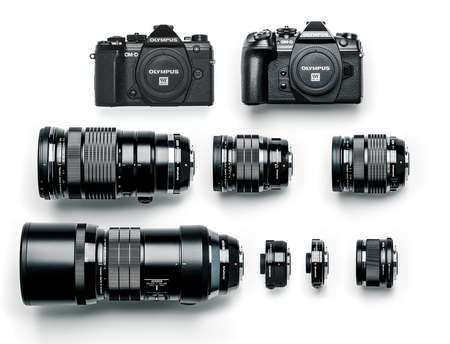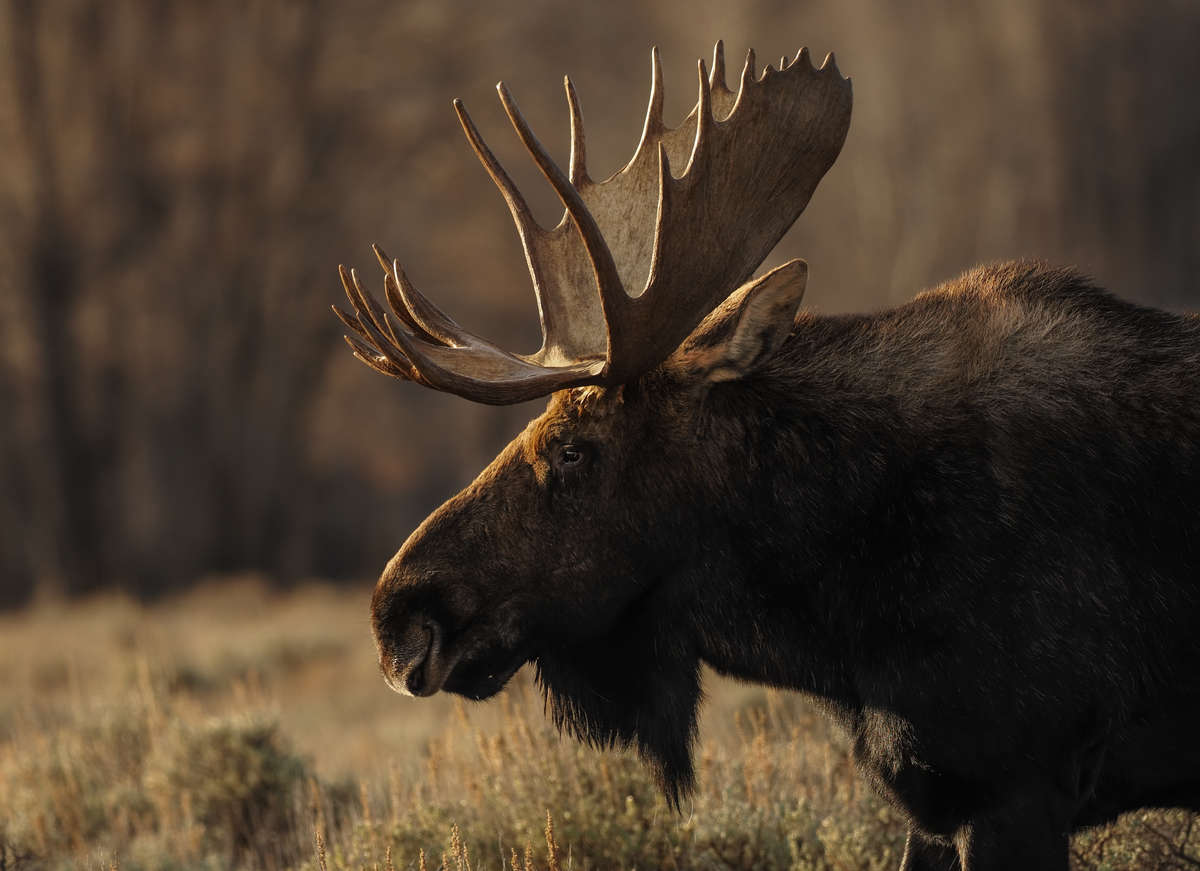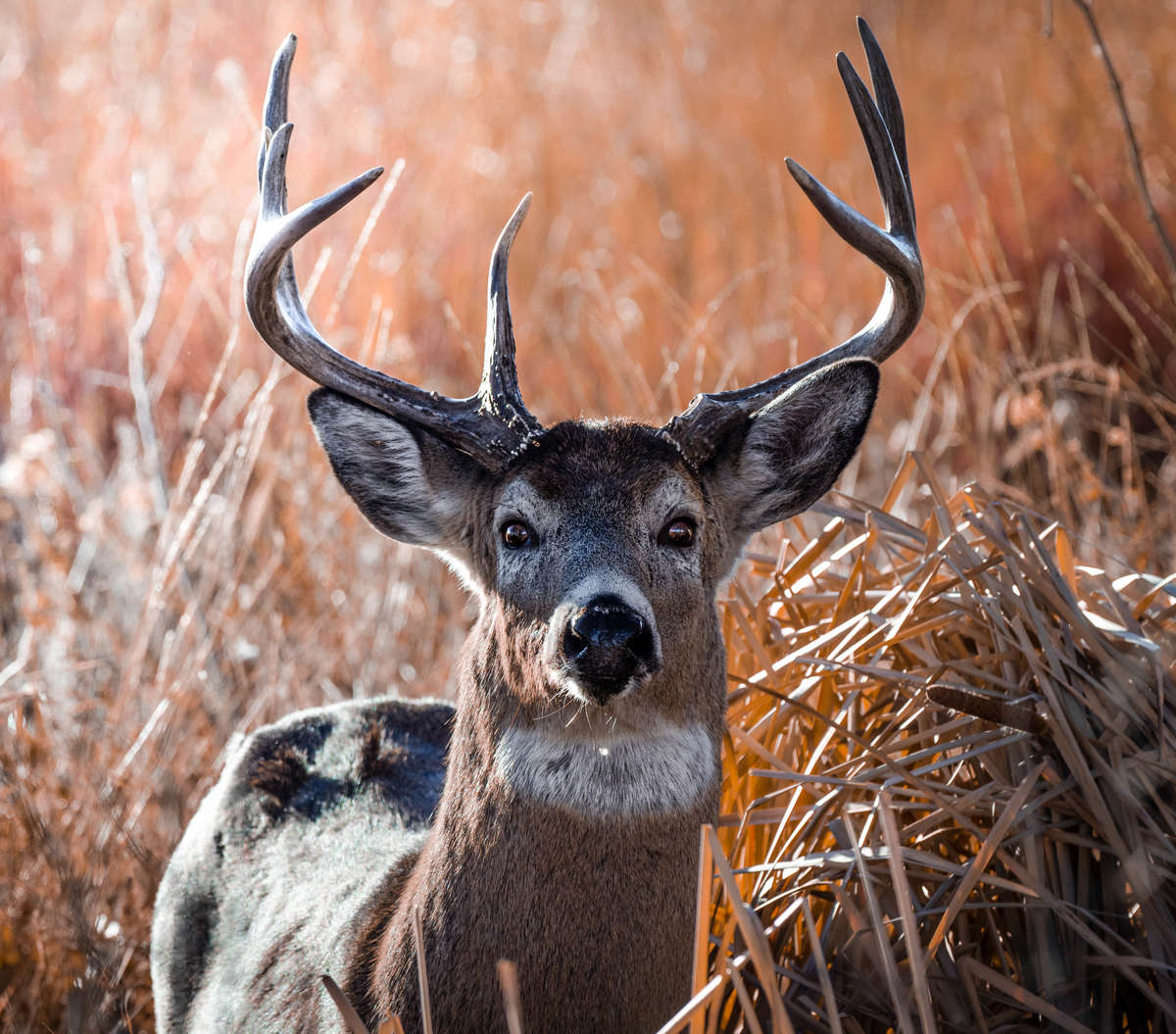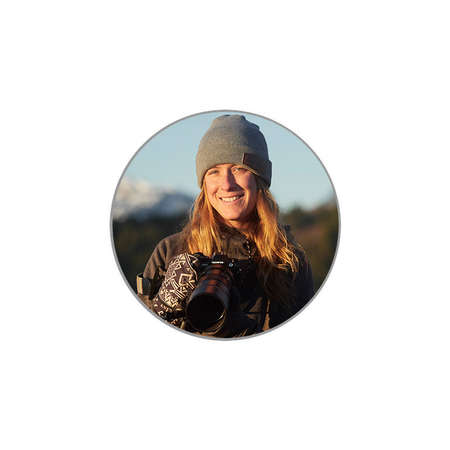MEET OLYMPUS EXPLORER BROOKE BARTLESON
WHO ARE YOU?
I'm the self-proclaimed Brooke Little Bear, aka Brooke Bartleson, lover of all things wild!
I specialize in wildlife photography. Currently I am focused on wildlife native to North America, although I do have plans to travel to parts of Scandinavia and Africa in the next few years. When I'm not actively photographing, tracking, or scouting for wildlife, you can find me snowboarding.
I am originally from New Jersey, but I am currently living in the mountains in Utah.
WHEN DID YOU REALIZE YOU WERE A PHOTOGRAPHER?
I got started in photography shortly after I graduated from college when I moved up to the mountains. The mountains seem to be a haven for people with big dreams and wild passions. The adventerousness of big dreaming mountain folks was contagious, and I finally picked up my camera which had been collecting dust for about a year. It felt good to have something motivating me to go outside and push myself, and once I discovered my knack for photographing wildlife I realized there was nothing else on earth I'd rather be doing.
Originally I was interested in landscape and portrait shots, but they never really hooked me the way wildlife photography has. I found weddings and engagements to be too stressful, and found myself to struggle with making my landscapes stand out from the crowd. I have always been obsessed with animals, so once I realized I can use my camera as a means to capture moments with them forever, I found my passion.
I've always been inspired by people who take moody portraits with deeply contrasting tones. I like to try to adapt this style to my wildlife photography.
INTRODUCING OLYMPUS
How did you get started with the Olympus system?
I got started with the Olympus system when I was starting to get very fed up with the bulk and fragility of my old DSLR. I was sick of missing days out shooting due to wet weather, and I was growing frustrated with having to carry 15+ pounds of equipment on my back when I set out to track wildlife. I was intrigued by the lightweight portability of Olympus cameras, so I decided to give them a try. They were just as light and durable as I expected, and the image quality totally blew my mind. I was immediately hooked and once I made the switch I never really looked back.
How does Olympus help you do your job?
The portability of Olympus gear has been game changing. As you can probably imagine, it takes a lot of ground work to photograph wildlife. I follow game trails through forests and up mountain ridges for long distances while tracking animals in their natural habitats. When I do finally find an animal, I need to move quietly and quickly in order to get the proper angle for my shot without disturbing my subjects. Having a light weight camera set-up enables me to go further distances and move more with more agility than ever in persuit of my wildlife shots. I can't say I move half as fast as a wild fox or elk, but hey, at least I can sort of keep up now.
Olympus has incredible image stabilization technology, both in-body and in lens for my 300mm. This is one of my favorite things about Olympus. In a perfect world, I'd carry a tripod with me on all of my shoots. In reality, when I am putting together a light-weight pack for tracking excursions my tripod is usually the first thing I leave behind in favor of saving weight. I'm lucky to say this has never been a problem ever since switching to Olympus gear. The IS counters my tired and shaky hands and allows for crisp photos even from a long distance.
I'll always say that the image quality of Olympus speaks for itself. One of the most important things in wildlife photography is respecting and preserving the wildness of my subjects. This means keeping my distance, no matter how tempting it is to get closer in order to get the shot. My Olympus gear has enabled me to get incredibly sharp photos while staying back from the animal I'm photographing. People often look at the sharpness my camera produces and think my images were taken ultra close up, and are surprised to find that they are usually taken from 25-50+ yards away.
How does Olympus help you do your job?
The portability of Olympus gear has been game changing. As you can probably imagine, it takes a lot of ground work to photograph wildlife. I follow game trails through forests and up mountain ridges for long distances while tracking animals in their natural habitats. When I do finally find an animal, I need to move quietly and quickly in order to get the proper angle for my shot without disturbing my subjects. Having a light weight camera set-up enables me to go further distances and move more with more agility than ever in persuit of my wildlife shots. I can't say I move half as fast as a wild fox or elk, but hey, at least I can sort of keep up now.
Olympus has incredible image stabilization technology, both in-body and in lens for my 300mm. This is one of my favorite things about Olympus. In a perfect world, I'd carry a tripod with me on all of my shoots. In reality, when I am putting together a light-weight pack for tracking excursions my tripod is usually the first thing I leave behind in favor of saving weight. I'm lucky to say this has never been a problem ever since switching to Olympus gear. The IS counters my tired and shaky hands and allows for crisp photos even from a long distance.
I'll always say that the image quality of Olympus speaks for itself. One of the most important things in wildlife photography is respecting and preserving the wildness of my subjects. This means keeping my distance, no matter how tempting it is to get closer in order to get the shot. My Olympus gear has enabled me to get incredibly sharp photos while staying back from the animal I'm photographing. People often look at the sharpness my camera produces and think my images were taken ultra close up, and are surprised to find that they are usually taken from 25-50+ yards away.
WHAT’S YOUR FAVORITE PART ABOUT BEING A MEMBER OF THE OLYMPUS FAMILY?
For me, the most exiting thing about being a member of the Olympus family is the opportunity to work closely with people who are so knowledgeable and innovative. I have no formal education in photography, I learned everything I know simply by doing. The Olympus team has been so receptive to my constant questions, and quick to offer tips and suggestions as I grow and learn.
TIPS FOR OTHER BUDDING PHOTOGRAPHERS
As a general tip, just keep taking photos. You'll never learn or get better if you don't try. As a more wildlife specific tip, do whatever you can to get eye-level with your subject. Even if you have to lay flat on your belly, or stand on your toes, or climb on the hood of your car, your shots will feel so much more intimate if you are level with the animal's eyes.
TIPS FOR OTHER PRO PHOTOGRAPHERS
Don't ever lose the enthusiasm you had at the very beginning. Remember the first time you took a photo of a bear? It was probably blurry, and little bit grainy, and slightly out of focus. The bear was turned away from you and you probably accidentally cropped his ears or his paws out, but none of that mattered. You sent it to everyone you know, probably posted it on all your social media platforms, and maybe even set it as your phone background. You were just so excited to have photographed a real, breathing, wild bear. As you get better and find greater success, never forget that enthusiasm. It is so easy to squash that excitement when your shots are blurry or framed wrong or otherwise not perfect. Its easy to feel frustrated and disappointed in yourself, and blame your own mistakes for blowing an opportunity. But before you start to get too upset, stop and think about how cool it is that you just photographed another wild bear. Never lose that enthusiasm, and never left failure to capture the shot overshadow the wonder of the experience as a whole.
